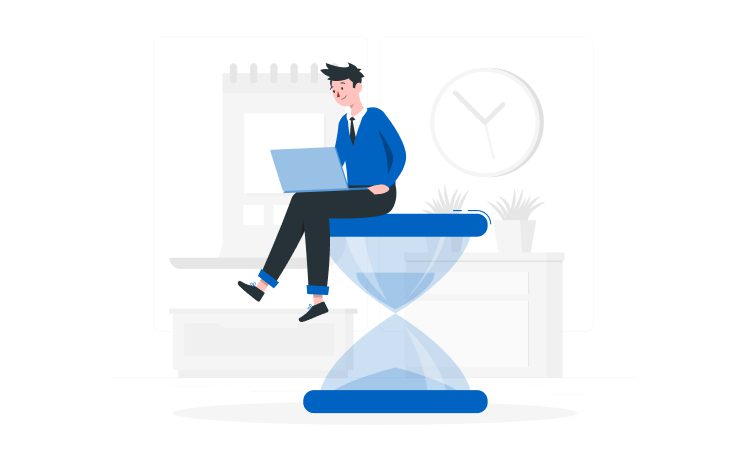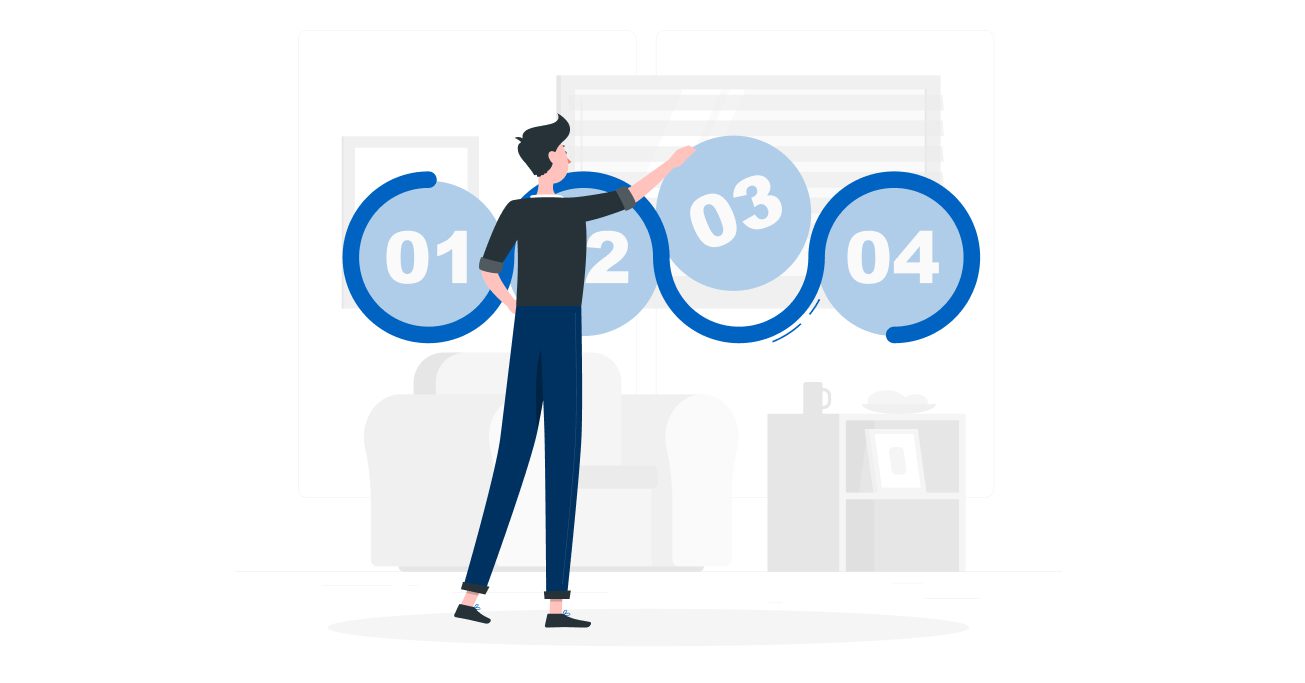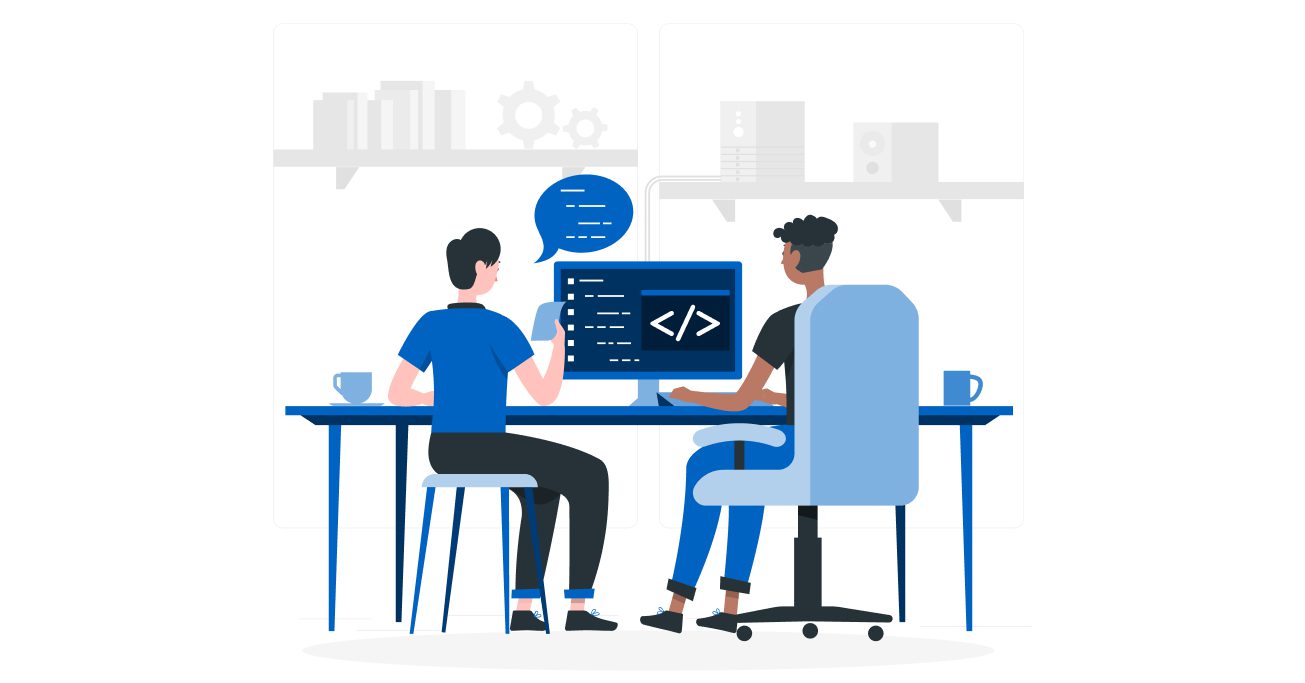
How Long Does It Take To Develop an App?



Working on a project usually takes an average of 3-9 months. The duration is affected by the scale and complexity of the project, the experience of the developers, the features being implemented, and so on.
According to Statista, in the first half of 2022, there were about 2.2 million apps in the Apple App Store and slightly more than 3.4 million in the Google Play Store.
These figures continue to grow and with them the competition in the market. The companies that were the first to implement the original project became leaders in their industry, enhanced customer loyalty, and, as a result, increased revenues.
Therefore, you can see the release of thousands of new programs every month. Knowing how long it takes to develop an app will help you predict your chances of success, develop a business plan for going to market, and make a list of financial expenses.
Content

Any app is developed in several mandatory stages, which differ in duration. The larger you plan to deploy your idea, the longer the performers will work on it. Why does it take three to nine months to create an app? You can answer this question by reading the main development phases:
The better the team gets acquainted with your wishes, the better the work will go on. It is not enough to provide contact details and information about the company. Create a list of what you would like to see in your project, make a brief and concise description for everything:
Pay attention to the “request for proposals” – it is a document you send to IT specialists to find the best of them. It is difficult to write because it forces performers to follow one path, depriving them of the opportunity to demonstrate themselves in a different format.
When creating this request, leave room for ideas and the developers’ views on the project. An outside thought may “refresh” and make your project stand out on the market.
The main goal is to understand your business, customers, the competition in the market, and the app’s problems. Also, this stage will help to determine whether your idea works. At the end of all studies, the development company must provide:
This work helps to test the individual elements of a project. Each sprint lasts a week on average, and in total, it takes from 6 to 12 weeks. You may be wondering: how long does it take to build an app if these processes are shortened or skipped?
Answer: even longer, because you risk discovering problems at a later stage, when fixing them becomes more difficult.
In this period, the foundation of the future concept is being developed. You can show it to your audience for evaluation. So you will find out which features are more in demand and how they are used; where difficulties arise; how easy it is to switch between pages, etc.
It is worth noting that developers interested in the project’s success are always discussing, researching, and challenging ideas because it is vital for them to adjust the design. They often take comments and impressions of users as a basis for this.
If the IT specialists you contact don’t mention rapid prototyping, get ready for an extended lead time. Why? Prototyping involves the immediate implementation of the main functionality, so you get simple product iterations.
They can already be provided for testing to the first users and, depending on the verdict received, adjustments can be made.
Idea implementation is divided into 3 processes here, which often go simultaneously for greater efficiency and time saving:
Alpha and beta tests are necessary to release a reliable app. Members of a specialist team usually perform the first stage. Sometimes potential users or the customer may be involved. A group of volunteers from your target audience does beta testing before the final launch.
Having not fully penetrated the intricacies of creating an IT product, constant checks may seem to take a lot of time, but here’s the paradox: it only speeds up the release. It is much easier and faster to eliminate errors in the process of creation than in a fully designed and already launched product.
We learned how long it takes to develop an app, but what about publishing it in the store? It can take up to 10 days and is divided into the following components:
For example, Apple reviews incoming apps manually, taking up to 10 days to wait for publishing approval. In the Google Play Store, verification is faster because it relies on an algorithm that examines products for apparent violations.
A project doesn’t end once published in the app store. Be prepared that the program needs 24/7 support. After all, the emergence of new projects may provoke the need to release updates or improve specific features of your program. So, it is difficult to predict the duration of technical support after launch. But experienced professionals will advise you on this issue.

It isn’t easy to establish exact dates, as they depend on many factors. Each idea requires an individual approach, and, unfortunately, no one is immune from unforeseen circumstances. Also, the experience and professionalism of the developer company play an essential role in the duration of the creation.
But having certain ideas, you can consult with experts and find out more accurate dates. Our experts will be happy to help you determine how long it takes to develop a medical app if you leave your request or contact the phone number listed on the site.
From 3 to 9 months, depending on the scale of the future application, its complexity, and IT team experience.
Yes, there are online calculators. By choosing the desired features, platform type, design solution, etc., you will receive an approximate calculation of the cost and duration. But remember, it often differs from reality since it is hard to predict the time for project discussion, difficulties solving, and change-making.
The introduction of complex technologies (e.g., artificial intelligence, virtual and augmented reality), the developers’ inexperience, and errors in the late stages of development.
Popular apps with many users tend to be updated up to four times a month.
| Cookie | Duration | Description |
|---|---|---|
| cookielawinfo-checkbox-analytics | 11 months | This cookie is set by GDPR Cookie Consent plugin. The cookie is used to store the user consent for the cookies in the category "Analytics". |
| cookielawinfo-checkbox-functional | 11 months | The cookie is set by GDPR cookie consent to record the user consent for the cookies in the category "Functional". |
| cookielawinfo-checkbox-necessary | 11 months | This cookie is set by GDPR Cookie Consent plugin. The cookies is used to store the user consent for the cookies in the category "Necessary". |
| cookielawinfo-checkbox-others | 11 months | This cookie is set by GDPR Cookie Consent plugin. The cookie is used to store the user consent for the cookies in the category "Other. |
| cookielawinfo-checkbox-performance | 11 months | This cookie is set by GDPR Cookie Consent plugin. The cookie is used to store the user consent for the cookies in the category "Performance". |
| viewed_cookie_policy | 11 months | The cookie is set by the GDPR Cookie Consent plugin and is used to store whether or not user has consented to the use of cookies. It does not store any personal data. |